
Sweltering heat in Hong Kong, extreme weather events worldwide signal need to act on climate change, scientists say
- Dramatic floods, heatwaves, wildfires tell world’s political leaders, businesses time for action is running out
- Rising sea levels will increase frequency of flooding, with low-lying coastal areas and island nations most at risk
Humanity’s need to tackle climate change is more pressing than ever, with the United Nations warning last week that global warming would accelerate at a faster-than-expected pace over the next 20 years. In this four-part series, the Post examines its impact on the city, how the Hong Kong government can best play catch-up, and who is walking the talk in the private sector. Part one looks at how human activity is leading to extreme weather patterns, leaving the world vulnerable to floods, forest fires and typhoons.
But in mid-July, floods caused by melting glaciers in the Tian Shan mountains filled a 300 sq km area of the desert, including an oil exploration site of China Petrochemical Corporation (Sinopec Group).
The sudden flood in the desert was hardly isolated as far as freak weather incidents go, not only in China, but globally.
In late June, a heatwave affecting large swathes of North America’s Pacific northwest saw 90 per cent of the Canadian village of Lytton burned down after it recorded the country’s highest ever temperature of 49.6 degrees Celsius (121.3 Fahrenheit). The brief but extreme hot spell was blamed for nearly 500 sudden and unexpected deaths in the country’s western province of British Columbia.
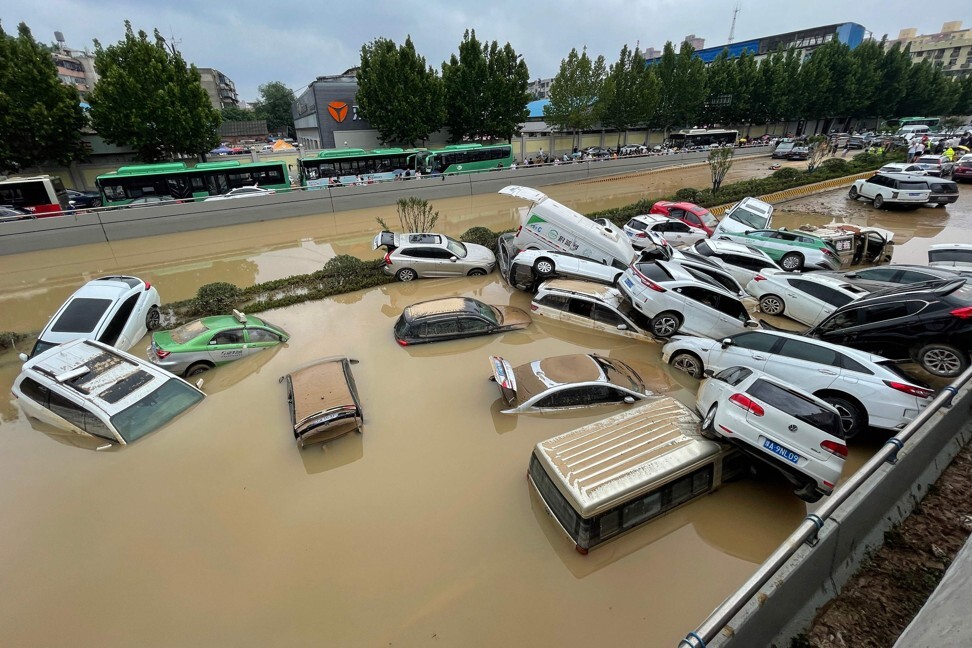
Major floods also played out in northern and central Europe in July. Germany bore the worst impact with more than 180 lives lost and damage costing billions of euros. Early this month, wildfires raged in southern Europe, with Greece marking a record high temperature of 46.3 degrees.
Extreme weather will be a bigger drag on China’s growth than earlier thought
“Everybody can feel it getting warmer, and realise climate change is happening,” said Chan Pak-wai, an assistant director of the Hong Kong Observatory.
“The scientific community is pretty unanimous that [global warming] is caused by greenhouse gas emissions, as a result of human activities.”
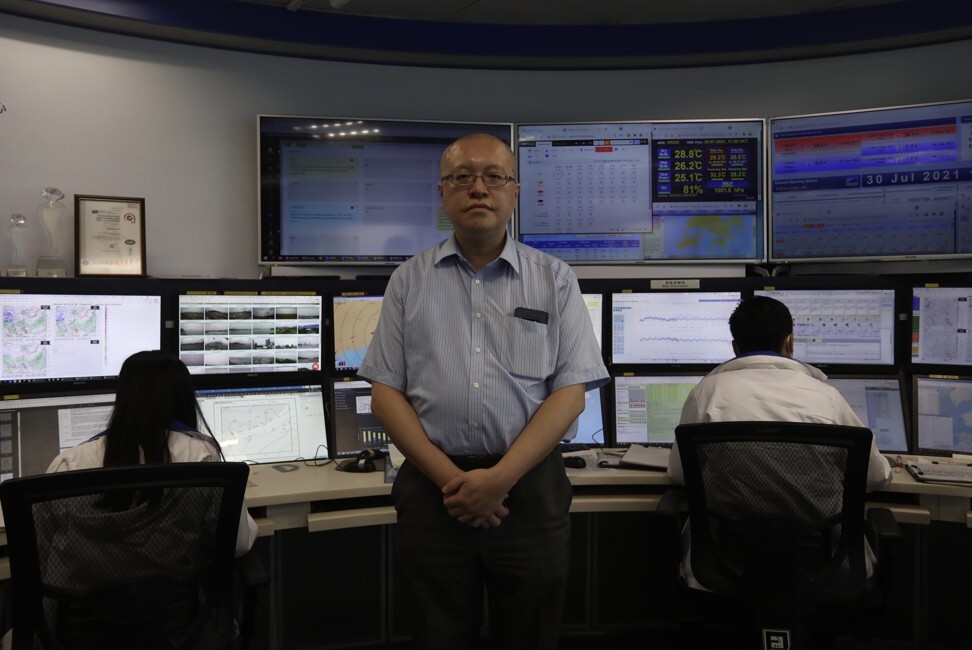
Hong Kong itself had seen the average temperature rising at twice the average rate over the past three decades than in the previous 135 years, he told the Post.
Over the past three decades, it has been getting warmer at the rate of 0.24 degrees every 10 years – twice the pace of the 0.13-degree increase every 10 years before that and since records began. The city has become warmer at a rate of around 1.3 degrees per century, according to the Observatory.
Using computerised models developed by climate change experts, it has projected the city’s average temperature will rise by 1.5 to 3 degrees by 2100.
That is assuming low-to-medium concentrations of greenhouse gases. If a high concentration is assumed, the increase could be as much as 3 to 6 degrees.

What it means is that Hongkongers could be looking at more “very hot days” when the temperature rises to 33 degrees or higher.
There were 47 such days last year, compared with just nine a year on average between 1985 and 2005.
In the worst-case scenario, there could be 112 such scorching days by 2100.
Hong Kong’s winters have also become milder over the years, with only one “very cold day” in 2019, when the temperature dipped below 12 degrees. There were 14.6 such days every year in the two decades from 1986 to 2005.
In the worst-case scenario of high carbon dioxide concentration, there will be only one “very cold day” a year by 2100.
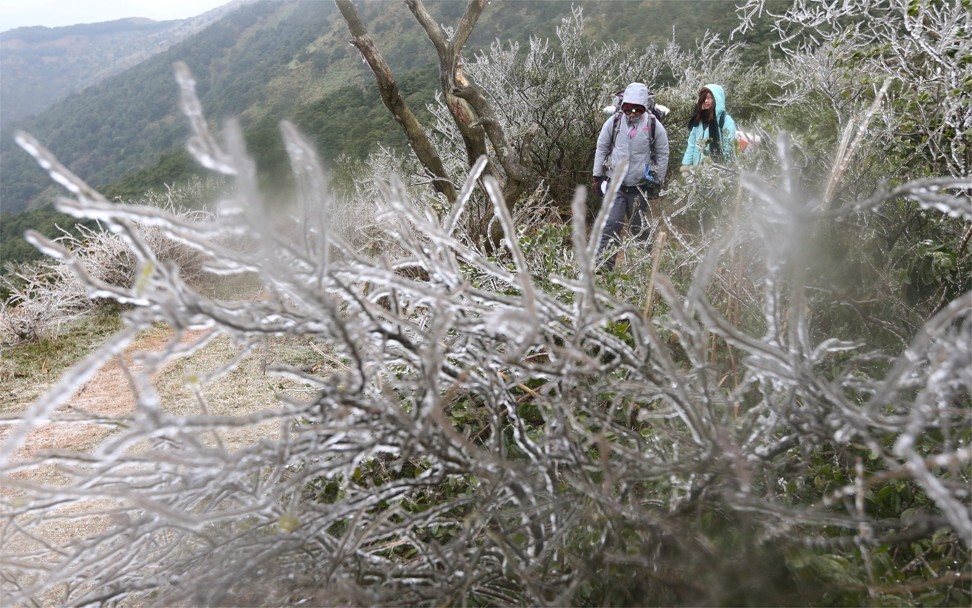
Rising sea levels pose major risks
China’s meteorological data tells a similar story.
Average temperatures in mainland China rose by 0.24 degrees every decade from 1951 to 2019, higher than the global average, according to The China Blue Book on Climate Change published last year by the nation’s Meteorological Administration.
The country has also become wetter. The number of days with heavy rainfall, when more than 50mm fell over 24 hours, rose at the rate of 3.8 per cent every 10 years from 1961 to 2019.
China’s coastal areas also saw the sea level rising by 3.4mm every year between 1980 and 2019.
Globally, climate risks related to water levels are far more devastating in the long term than the discomfort caused by hotter weather.
Ice sheets in Greenland and Antarctica are melting six times faster than during the 1990s, according to findings by 89 polar scientists using observations from 11 satellite missions, published in March last year.
That means a 2014 forecast by the Intergovernmental Panel of Climate Change, that global sea levels would rise by 53cm by the end of this century, would need to be increased by 17cm.
Rising sea levels will increase the frequency of flooding and inundation of low-lying coastal areas and island nations globally. It will also worsen the damage from storm surges caused by low pressure weather systems such as typhoons.
In Singapore, a low-lying island city state, the government raised the minimum land reclamation level by one metre in 2011. Singapore Changi Airport’s new passenger terminal will be built 5.5 metres above mean sea level as a precaution against climate change. Terminal 5 is expected to be opened in the 2030s.
In Hong Kong, the government set up an interdepartmental Climate Change Working Group on Infrastructure in 2016 to oversee the revision of design standards and examine the scope of work needed to strengthen the resilience of existing structures. It is also studying the extent of work needed to protect existing critical infrastructure.
Global sea level rises would not be reversed for hundreds, if not thousands, of years, the United Nations’ Intergovernmental Panel on Climate Change (IPCC) warned in a report published a week ago.
Tamsin Edwards, a King’s College London climate scientist, told the Post that China faced a rising risk of coastal floods from the combination of tropical storms and rising sea levels. Such events could be even worse if storms hit during an astronomical high tide.
The rise in sea level would make such extreme events more frequent and more severe, said Edwards, one of the lead authors of a section of the IPCC report.
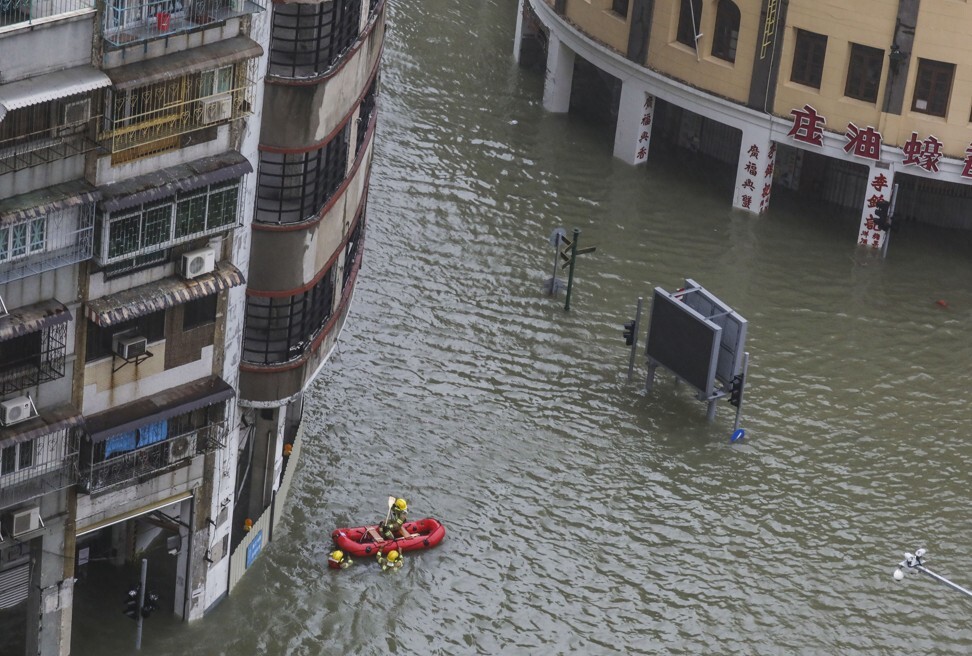
‘Worst-case scenarios come to pass’
Given the extreme weather events already experienced in Hong Kong, mainland China and elsewhere, climate change scientists are concerned they are already seeing signs their worst-case scenarios are coming to pass.
“The scientific community’s worry is that even if we step up decarbonisation efforts, we are going to get a less than proportional pace of reversal in climate change impact,” Chan said.
Debra Tan, director of Hong Kong-based non-profit research outfit China Water Risk (CWR), shared Chan’s concern.
“Records broken by Henan and other recent extreme events indicate that we may well be tracking worst-case scenario impacts today,” she said.
“Worse still, these supposed one-off events are also occurring more often, becoming chronic – we are seeing this with the wildfires in the US.
“It is clear from the damage that we are far from prepared – our current infrastructure is simply not designed to cope with these new levels of climate threats.”
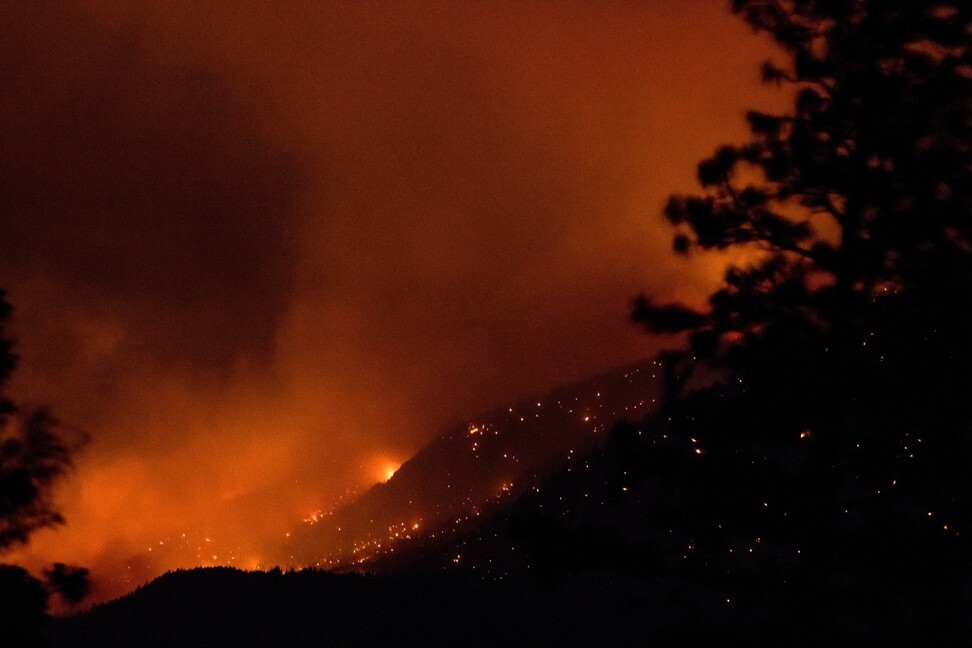
Professor of climate change and Earth system science Tim Lenton, of the University of Exeter, said the world would be more than 3 degrees warmer even if the Paris Agreement signatories met their commitments.
“In just the last decade, we have seen an increasing body of evidence that parts of the climate system are destabilising at an accelerating rate, so we have to act now if we want to limit those risks,” he said.
In particular, he called for drastic changes in energy consumption towards zero carbon options.
Critics of climate science have traditionally cited the trade-off between economic growth and environmental preservation, arguing that emission cuts stump development.
However, the cost of environmental calamities – typhoons, floods and bush fires – are increasingly hitting economies.
The impact of global warming could shrink the global economy by between 11 and 14 per cent by 2050 if the Paris Agreement commitments were not met, reinsurer Swiss Re said in a study in April.
It warned that Asia was among the regions least resilient to climate change, not least because of the lack of strategies and investment to enable people to adapt to the impact.
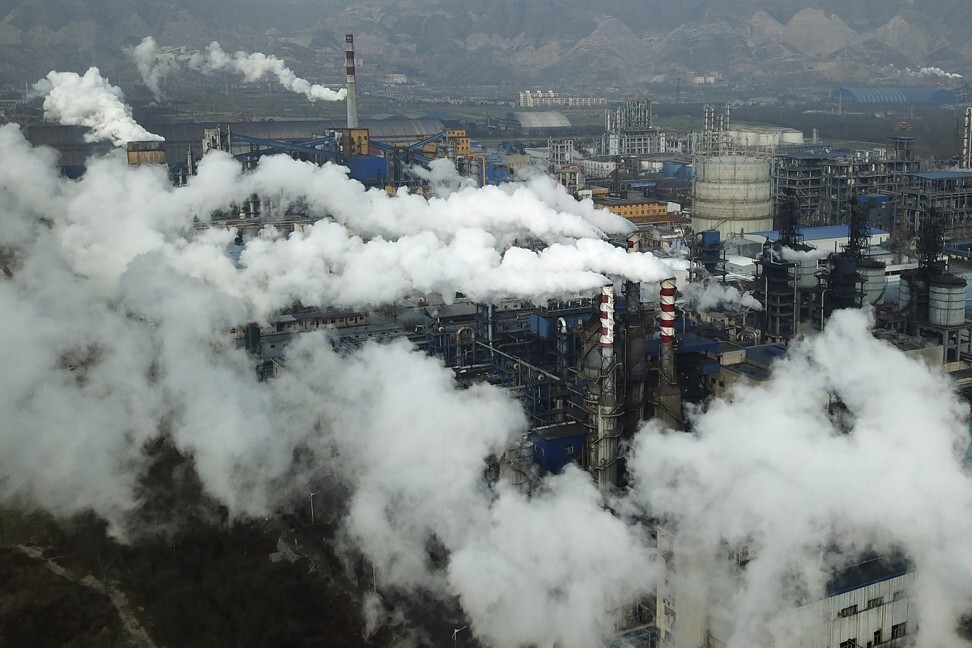
Climate change may extract a higher cost (26.5 per cent) on Asia’s economic output by 2050 if global temperature rises by 3.2 degrees, than North America and Europe (10 per cent), and only marginally less than the Middle East and Africa (27.6 per cent), according to the study.
China’s unusually intense and long bouts of heatwaves and rainfall highlight longer-term climate change risks, according to Jack Yuan, assistant vice-president at ratings agency Moody’s Investors Service.
“Fast-growing and low-lying urban centres will face progressively bigger fiscal burdens to mitigate natural disaster costs over time,” he said in a report last month.
Globally, the challenges are unprecedented and call for action, innovation, investment and behaviour change. The list includes moving towards zero carbon emissions, producing cleaner energy and switching from fossil fuel vehicles to electric ones.
All that and more affects Hong Kong as well. “Recent events have given us fair warning of what’s to come,” CWR’s Tan said.
The Hong Kong government and businesses need to do more to shore up infrastructure – such as erecting flood walls at the city’s ports and reinforcing embankments at low-lying coastal locations – to prepare for the greater risk of flooding in the coming decades.
“We have a once-in-a-lifetime opportunity to reimagine and build a climate-ready and resilient Hong Kong. Squandering this has unthinkable consequences,” she said.
Additional reporting by Xue Yujie in Shenzhen





